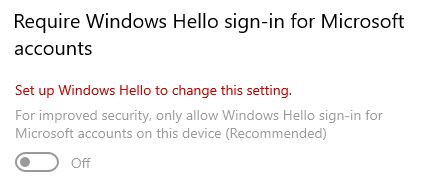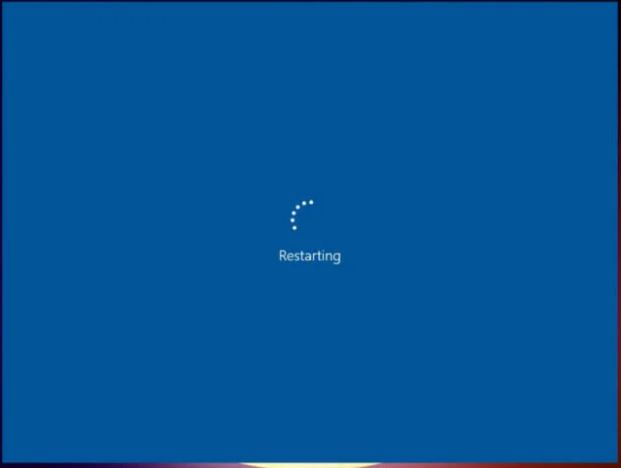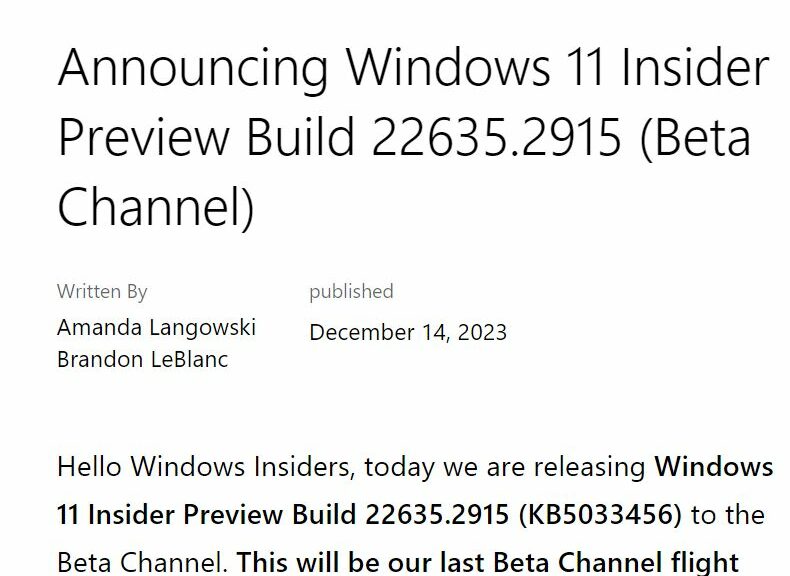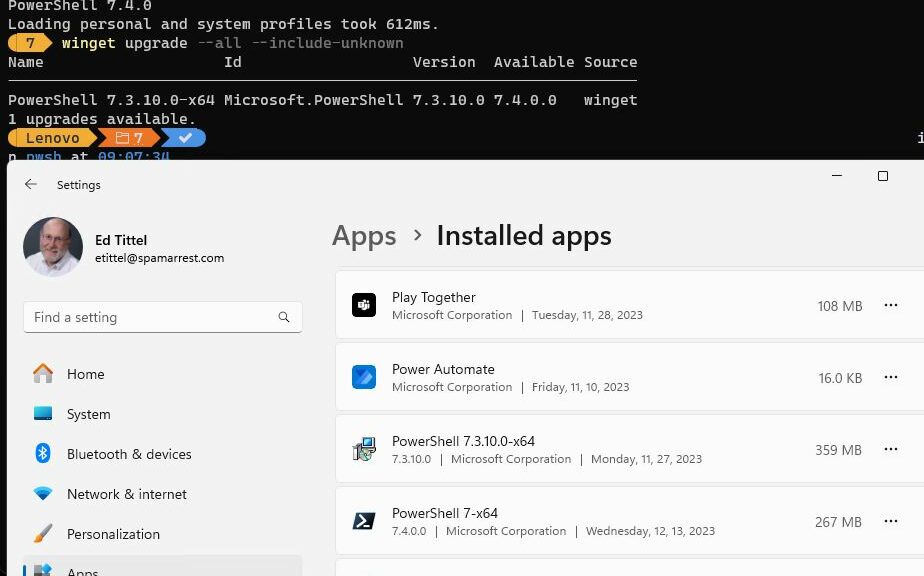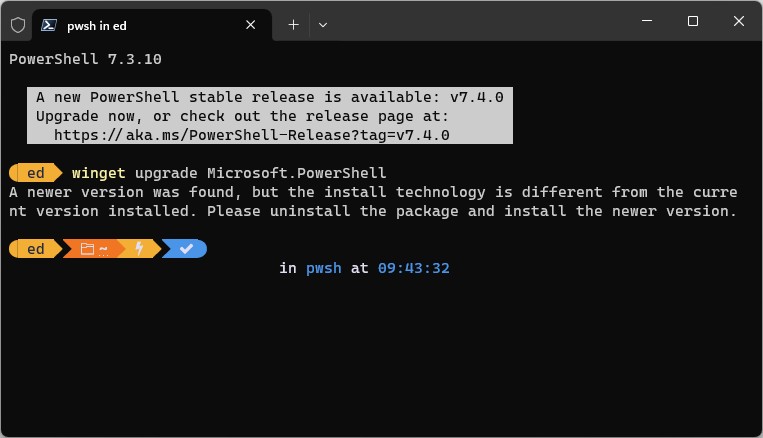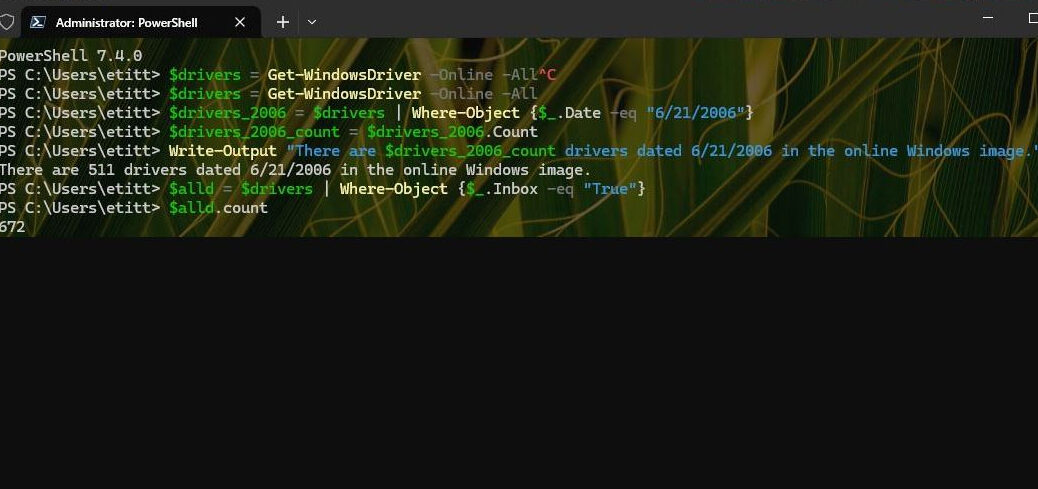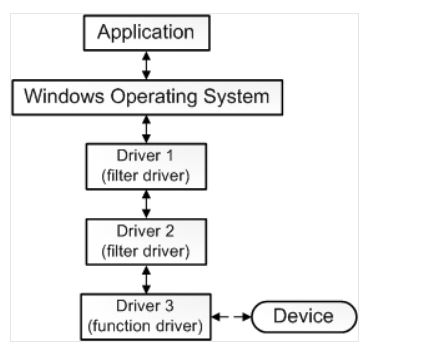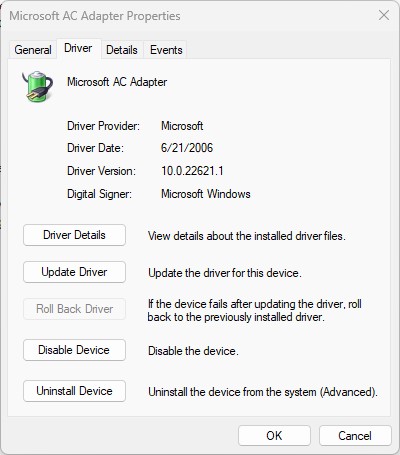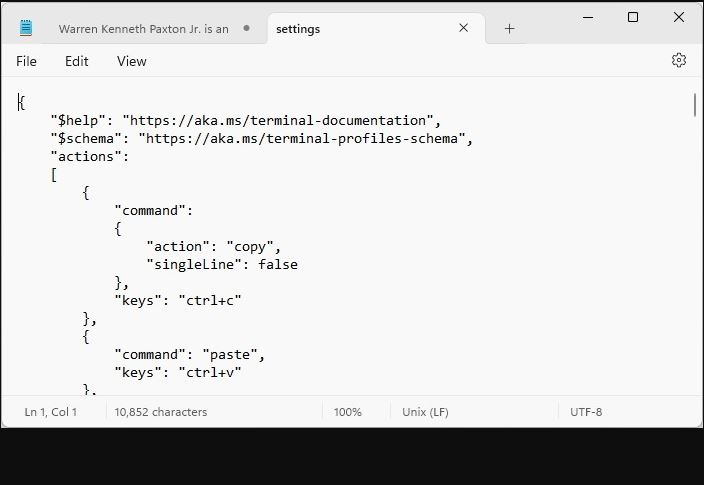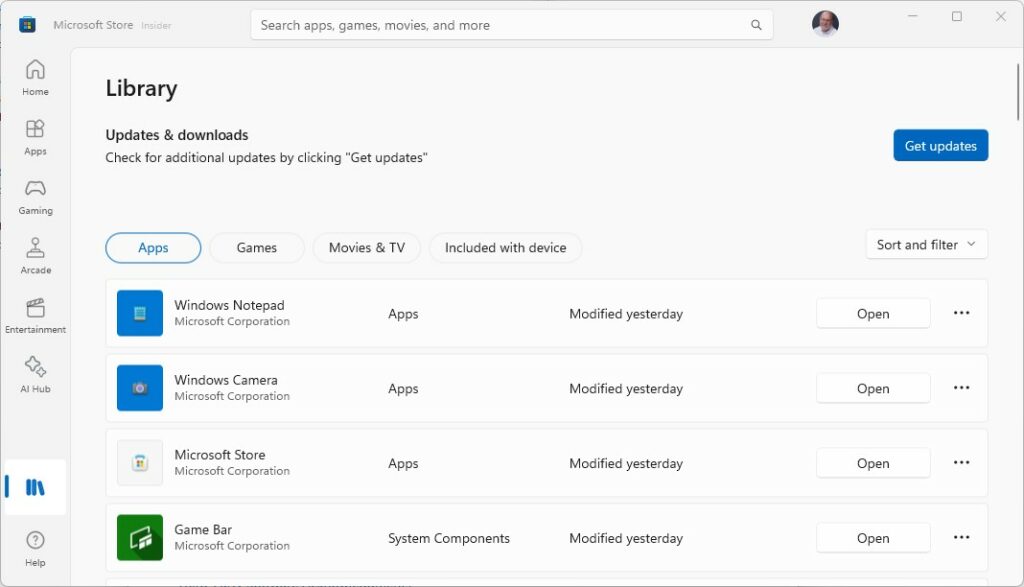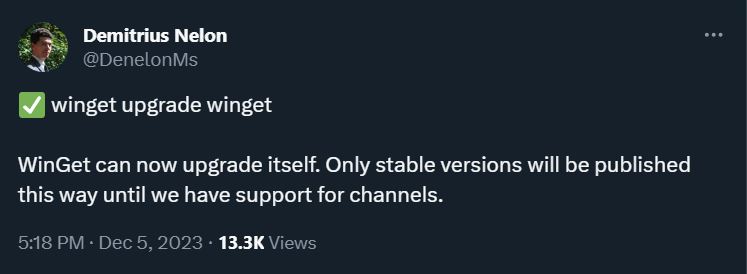One of the many things that makes big networks different from smaller ones is the added infrastructure they incorporate. This includes an authentication scheme called 802.1x aka Extensible Authentication Protocol (EAP, often implemented as PEAP). Its purpose is to allow mobile devices to roam across multiple wireless access points (WAPs) without having to re-authenticate as they move. A recent set of MS updates — namely KB5032288 and KB5033375 — fell afoul of this capability. That’s why the company has declared that an MS KIR fixes Wi-Fi roaming issue.
Who’s been affected? According to the press reports and the December 19 entry in the Windows 11 Known Issues document, it’s mostly been “enterprise, education or public Wi-Fi network[s] using 802.1x authentication.” A LOT of universities have been hit by these updates. Prior to this fix (see below), experts had mostly recommended uninstalling one of these updates to undo its effects.
Say What? MS KIR Fixes Wi-Fi Roaming Issue
KIR stands for Known Issue Rollback (see this MS Learn article for deets). I wrote about such rollbacks once in 2023 and twice in 2022, where each such occurrence auto-magically fixed a similar gotcha without requiring extensive user action or interaction. That said, MS does recommend restarting affected PCs, to make sure they replace the bad code with its working alternative. PCs should fix themselves within 24 hours of MS providing the KIR via Windows Update (or equivalent distribution mechanisms). It’s been out since mid-day yesterday, so it should turn the gotcha around by close of business today.
The KIR mechanism is a great capability inside Windows. It essentially replaces bad or broken bits of code with good, working substitutes without requiring explicit downloads and installs. Indeed, this fix is already in, and should be working its way out to affected PCs as you read this.


